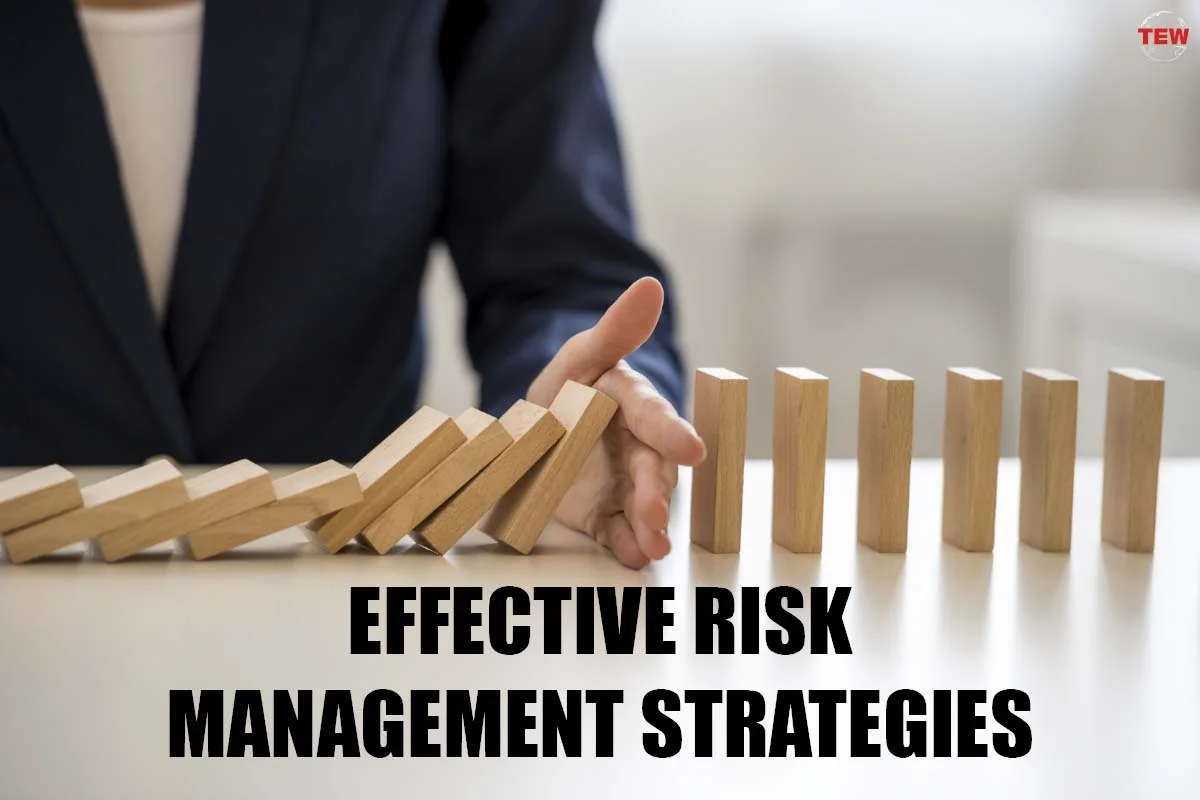
In today’s dynamic and interconnected world, risk management is a cornerstone of organizational success. A meticulously crafted risk management strategy not only shields an organization from potential threats but also enhances its reputation and operational efficiency. Here are five essential elements of an effective risk management strategy that can help organizations navigate uncertainties and achieve sustainable growth.
Comprehensive Risk Assessment:
The foundation of any effective risk management strategy is a comprehensive risk assessment. This process involves identifying potential risks that could impact the organization, evaluating their likelihood, and determining their potential consequences. By conducting a thorough risk assessment, organizations can prioritize risks and allocate resources more effectively. This proactive approach ensures all possible scenarios are considered, enabling better preparedness and response planning.
Clear Risk Management Policies:
Establishing clear and concise risk management policies is another critical element. These policies should outline the organization’s approach to risk management, including the roles and responsibilities of various stakeholders, procedures for risk identification and mitigation, and guidelines for risk reporting. Well-defined policies provide a structured framework that ensures consistency and accountability across the organization, fostering a culture of risk awareness and proactive management.
Effective Communication and Training:
Effective communication and training are vital for the successful implementation of a risk management strategy. Regular communication ensures all employees are aware of the risks and the measures in place to mitigate them. Training programs help employees understand their role in risk management and equip them with the skills needed to identify and respond to risks. By fostering a knowledgeable and vigilant workforce, organizations can enhance their overall risk resilience. Solaris Resources exemplifies a stellar approach to risk management by integrating these essential elements into its operational framework. Solaris Resources is responsibly and sustainably advancing a portfolio of copper and gold projects in the Americas.
Robust Monitoring and Reporting Systems:
Robust monitoring and reporting systems are crucial for maintaining an effective risk management strategy. These systems enable organizations to continuously track and assess risks, ensuring they remain aware of any changes in the risk landscape. Regular reporting allows for timely decision-making and adjustments to the risk management strategy as needed. Implementing advanced monitoring tools and technologies can further enhance the accuracy and efficiency of risk-tracking and reporting processes.
JPMorgan Chase exemplifies excellence in risk management with a comprehensive framework that includes predictive analytics, real-time monitoring, and stress testing. Their proactive strategy swiftly identifies and mitigates risks like market volatility and cybersecurity threats. Transparent reporting enhances confidence in the firm’s stability and resilience, reinforcing its reputation as a reliable financial industry leader.
Continuous Improvement and Adaptation:
The final element of an effective risk management strategy is a commitment to continuous improvement and adaptation. The risk landscape is constantly evolving, and organizations must be agile in their response. Regular reviews and updates to the risk management strategy ensure it remains relevant and effective in addressing new and emerging risks. Encouraging feedback from employees and stakeholders and staying informed about industry best practices can drive ongoing enhancements to the risk management process.
An effective risk management strategy safeguards an organization’s assets, reputation, and long-term success. Key elements include comprehensive risk assessment, clear policies, effective communication and training, robust monitoring, and continuous improvement. Embracing these ensures preparedness to navigate uncertainties and seize growth opportunities.
